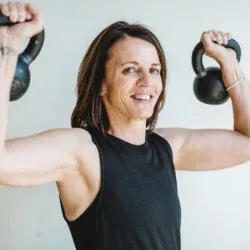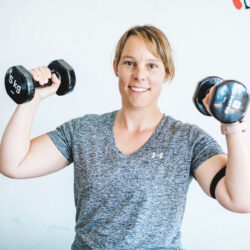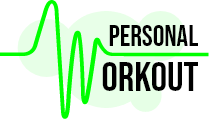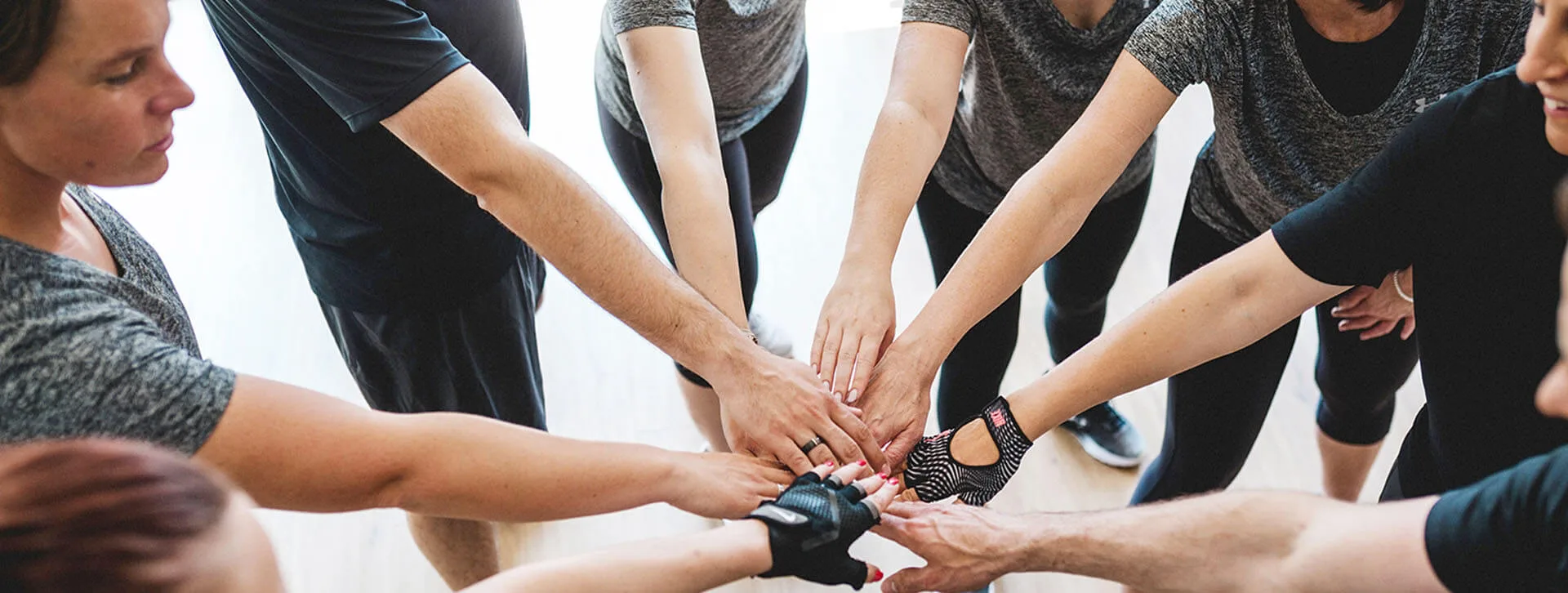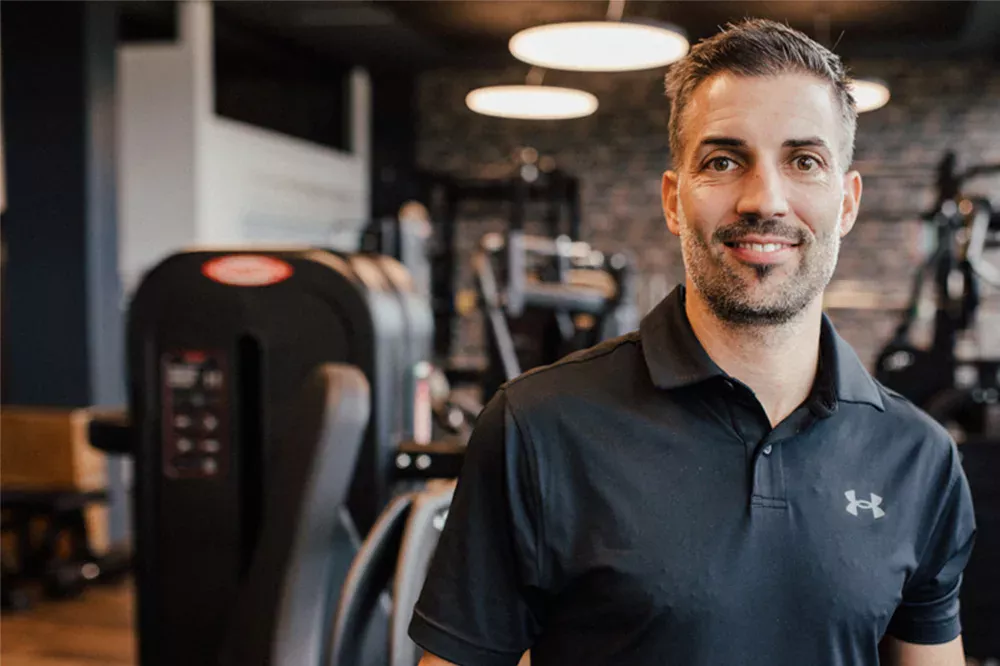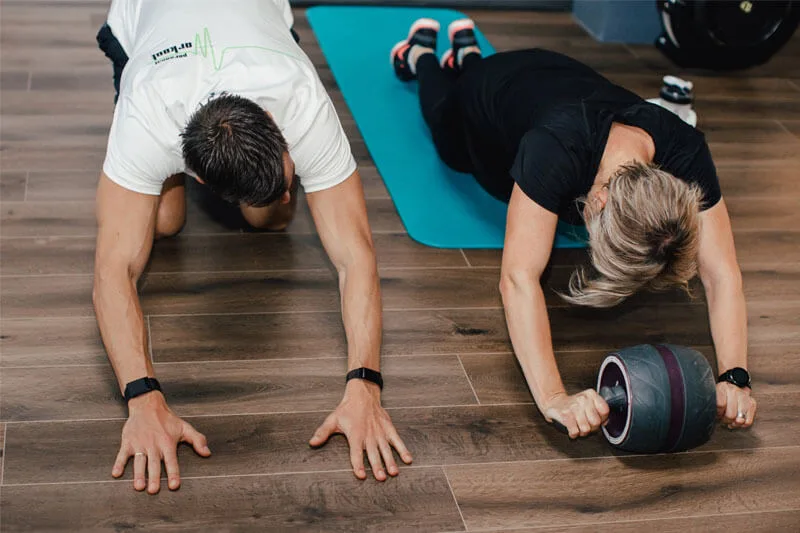What Biomechanics Has to Do with Strength Training
In 2019, I encountered RTS (Resistance Training Specialist) for the first time. In 2021, with the help of Michael Bachmann, a personal trainer from Zurich, I organized the first RTS course in Switzerland (Level I), which has since been held three times. In 2023, I started the online learning for the RTS Mastery course, which took almost a full year with over 120 hours of video material and is a prerequisite for attending the course in the USA with Tom Purvis. In this blog post, I would like to share 10 key take aways from nearly 200 hours of training, providing insight into the importance of biomechanics in strength training.
Take Away 1: No Soundbites
The fitness industry is full of “soundbites,” as Tom Purvis calls them. These are statements that repeatedly surface, go unquestioned (even by the best), and are simply presented and passed on as ultimate truths. Additionally, there is a tendency to generalize concepts and apply them universally to various situations. RTS has set out to challenge this by questioning things, scrutinizing studies and literature against scientific criteria, and attempting to explain them through personal tests and physical principles. The motto is not just to repeat but to think critically.
Examples of soundbites include: leg extensions are bad for the knees, knees should never go past the toes, hip thrusts are the best exercise for the glutes, or you are 40% stronger eccentrically than concentrically.
Take Away 2: Client defined NEXT LEVEL
All personal trainers may write this on their websites, but few actually tailor their programs to the goals and individual needs of their clients. Often, trainers try to apply strategies that work for their own training goals and desires to others. Thinking “out of the box” and adjusting exercises or ranges of motion (referred to as “range” going forward) is seen as too cumbersome and time-consuming. However, this is exactly how personal training should be structured. Additionally, there are trainers who give their clients exercises they have never tried or felt in their own bodies. I have experienced this firsthand. You think you’re training with the best personal trainers in the world, but their programs are identical for everyone who shares the same goals (e.g., muscle building), regardless of age, anatomy, or workload. RTS offers a much more comprehensive approach to truly individualizing the program!
Take Away 3: Assess, but right
At RTS, no entrance tests in the classical sense are conducted, as these are rarely repeated, and most are neither reliable nor valid, and not standardizable. The person being tested can compensate too much, and there are countless reasons why someone might not be able to perform a certain exercise or movement. There is an active and passive range, as well as structural, anatomical, or neurological reasons behind these limitations. RTS has no expectations regarding ranges; instead, every single repetition is viewed as an ongoing assessment and is constantly adjusted. Many of you have probably noticed that the range of motion can also vary depending on the day.
Take Away 4: there is no symmetry
It’s not just that people are born with different anatomies and that there are countless variations in hip and shoulder shapes, but these also change with age. So, it’s no surprise that the left and right sides often look different and therefore have different ranges of motion. This is neither wrong nor something that needs to be “corrected” or equalized. Additionally, agonists and antagonists don’t need to be equally flexible or equally strong. Biomechanically, this doesn’t make sense because, for example, hamstrings and quads have different lever arms and torque in the respective joints and positions, and they can be single- or multi-joint muscles. The simple assumption that you should be able to move the same amount of weight in a lying leg curl as in a leg extension is completely incorrect.
Take Away 5: Quality not quantity
The focus of RTS is on quality, not quantity. It’s about training the muscles within the client’s possible range from start to finish. To achieve this, no momentum (“inertia”) should be used, and other things that are not part of the exercise goal should not be moved. Additionally, the speed should be controlled and consistent throughout the possible range. This could be described as a mind-muscle connection, although this term is not used at RTS.
Of course, improvement from session to session is also a goal, but progression doesn’t always have to mean more weight or more repetitions. If the movement is “better” than in the last session, that is just as valuable, if not more.
Take Away 6: Cueing is everything
To help the client learn or strengthen awareness of a specific exercise or muscle, precise observation and so-called cueing (verbal, tactile) are used to guide them in feeling what should be working. Only through such awareness can it be ensured that the brain doesn’t recruit structures other than those intended for the movement. The human body excels at performing movements with as little energy expenditure as possible, which has been crucial for the successful evolution of the Homo species. The RTS philosophy is well aware that no single muscle works in isolation; rather, entire muscle groups, including connective tissue, are involved. A deep understanding of biomechanics requires precise anatomical knowledge, including cadaver courses.
Take Away 7: functional training
It has been many years since the term “Functional Training” took the fitness world by storm. Since then, trainers have been strategically convinced that this type of training is the best for people. The justification has been, and continues to be, that these movements are the most similar to everyday activities, allowing for a direct transfer of training to daily life. Unfortunately, this assumption is overly simplified and driven by a market-oriented lobby. New training equipment is constantly being developed and made accessible to the masses. Anyone can buy kettlebells, mini bands, suspension trainers, balance devices, and medicine balls, but not everyone has the space or money to set up quality strength machines at home. Additionally, this equipment is easily portable, making it convenient to take to sports fields and on trips.
But let’s return to the question of why the above statement is a misconception. It’s like reducing a clock to just its hands while neglecting the intricate gears inside. A durable and high-quality clock has a meticulously crafted internal mechanism. The same is true for our joints. The health of our joints depends on well-developed muscles, including connective tissue, which must constantly withstand external forces and keep our joints centered. Therefore, an exercise performed on a machine, following the principles mentioned in point 2, can be more functional than a squat or a lunge.
Take Away 8: Strength Profiles
The so-called “Strength Profiles” are a cornerstone of RTS. Understanding biomechanics and concepts such as mass, force, torque, shear force, leverage, and moment arm is essential to grasp this topic. Every muscle has an origin and an insertion point, and depending on where and at what angle the joint is positioned, the muscle’s ability to generate force varies. Some muscles are strong when elongated and then weaken, while others are maximally strong in the so-called “middle range.” This must be taken into account when selecting exercises and equipment.
Take Away 9: Magnitude Profiles
In addition to resistance bands, cable machines and equipment also have profiles, referred to as “resistance” or more accurately “magnitude profiles.” Like joints, these profiles are subject to all the physical properties mentioned above and move their weight around axes, often through pulleys or so-called cams. Cams are specialized pulleys with a specific shape that redirects the cable or strap of a machine in a non-round manner around the axis. This results in the weight feeling different at various points in the exercise (and therefore at different points in the joint’s range of motion). Ideally, this profile should match the muscle’s strength profile. Unfortunately, this is rarely the case, and the muscle is not evenly stressed throughout the range being trained. This is a significant problem.
For simplicity, let’s revisit the example of a rotational movement in the shoulder joint. If the band pulls hardest where the muscle is weakest, the resistance remains the same (or even less in the case of a TheraBand, because it is less stretched) at all other points, even though you could exert more force there. This means that the training effect across the entire range, except at the end, is minimal or nonexistent. Shouldn’t this be a concern for all trainers to understand?
Take Away 10: If You are a trainer you need to be a Resistance Training specialist
In the past 11 years, I have completed countless training courses, but none have been nearly as scientifically grounded as RTS. Before making any statements, all the relevant literature is thoroughly read, critically analyzed, and then examined through our own lab experiments (our group was also part of this process). This is why the answer to a question often is: “it depends,” “for whom and what goal,” or “I don’t know.” Giving such answers requires courage, but it reflects honesty in a fitness world where everyone believes they know everything. In this sense, there’s nothing more to say except: If you want to have (or be) a trainer who understands their work at the smallest level and can adapt it to their clients and their goals, there’s no way around RTS.
SOURCES
- Exercise Professional, Series 1000-5000 (113 hours), Tom Purvis, Online, USA, 2023-2024
- Mastery Level RTS, 9 Day Course, Oklahoma City, USA, 2024
Challenge of the Month
What Clients Say
